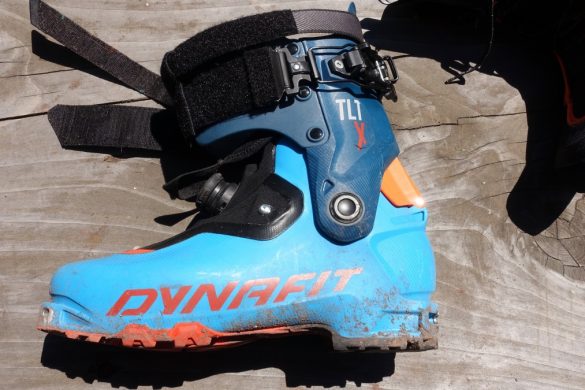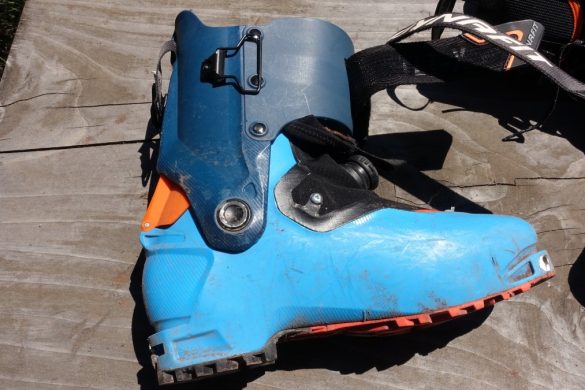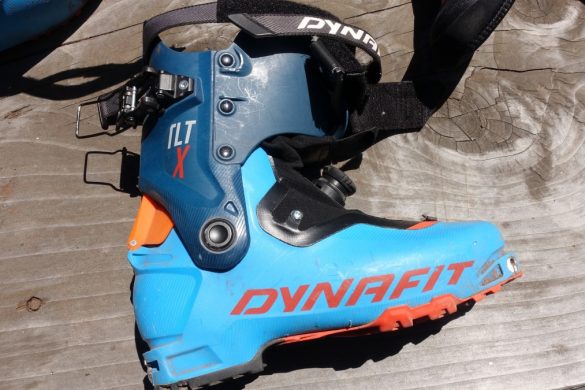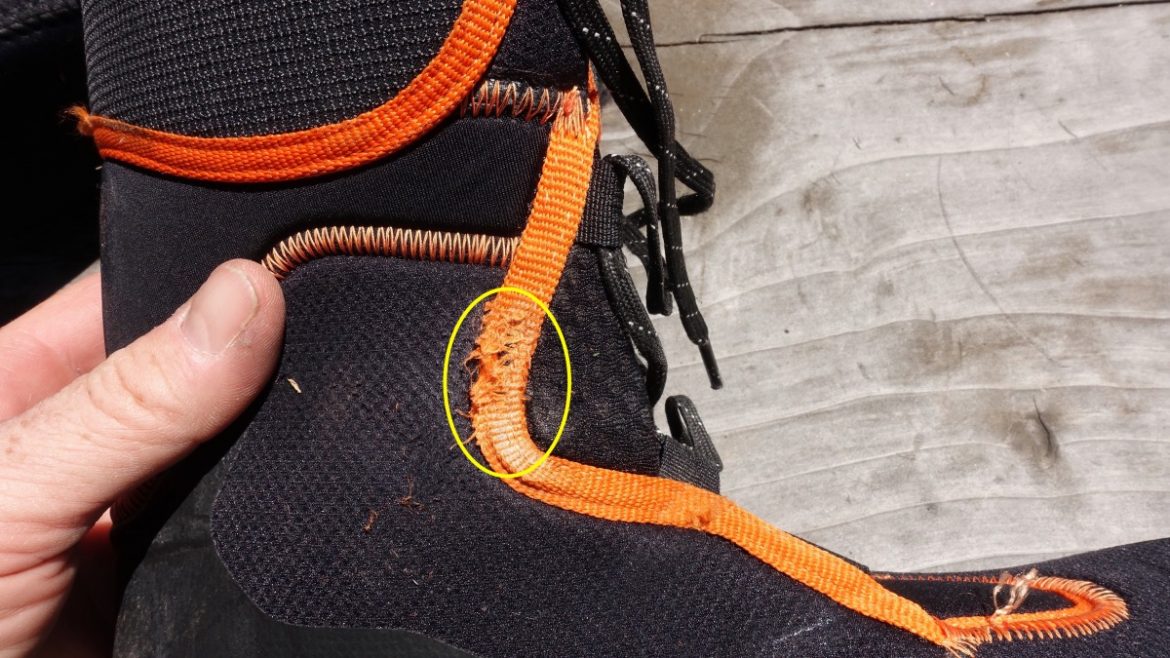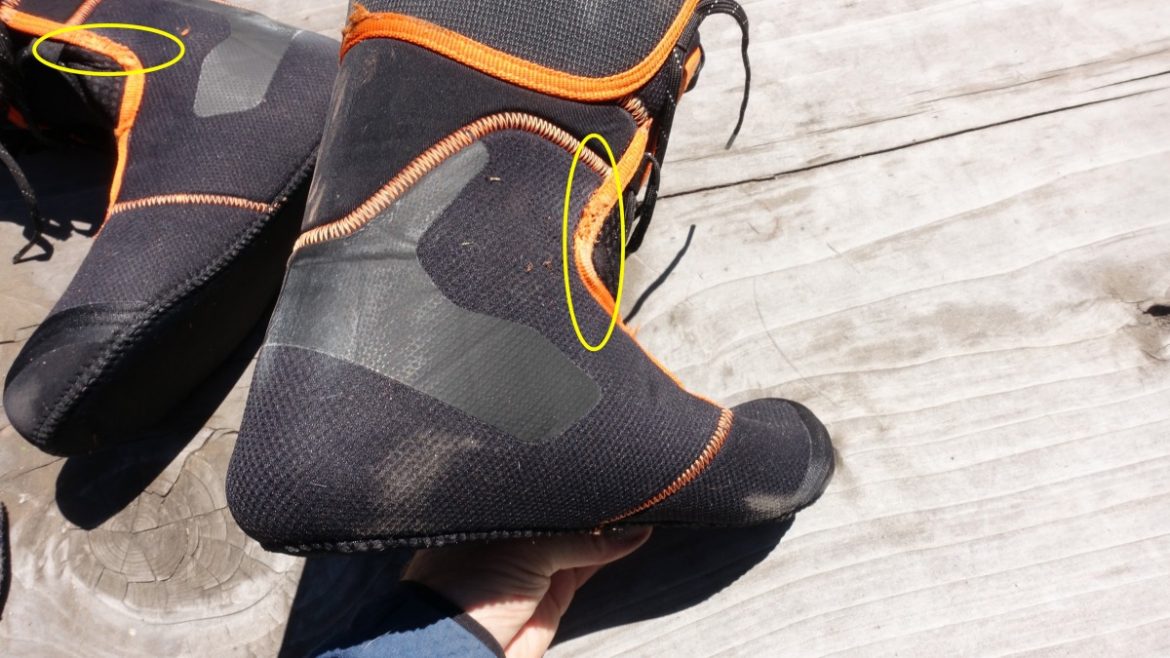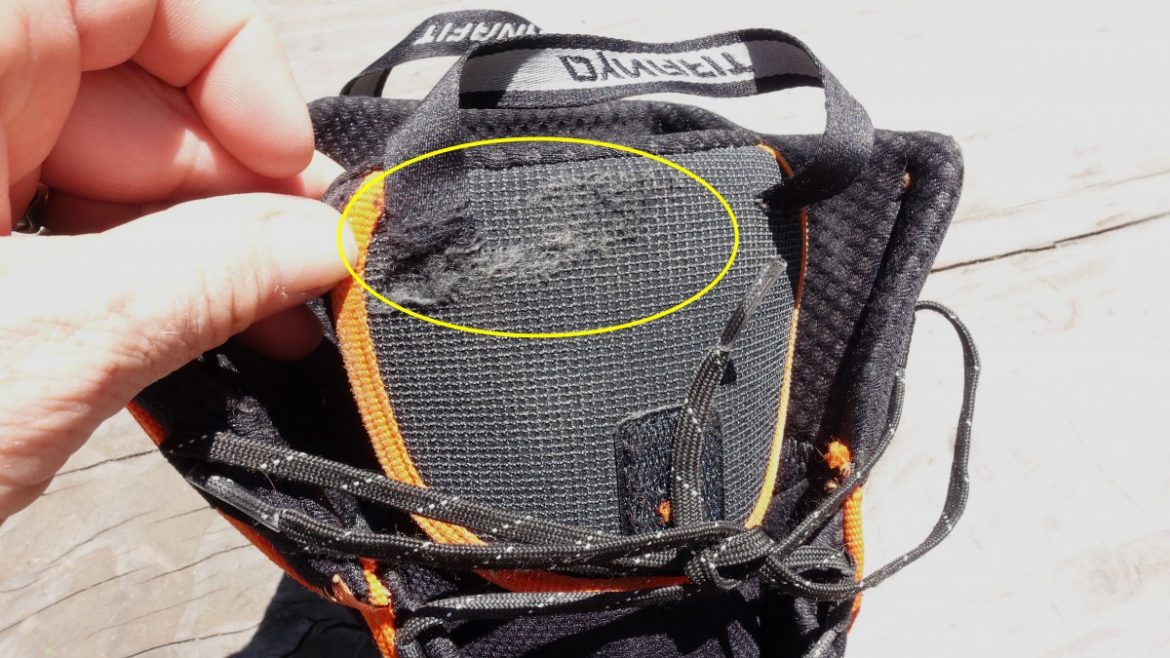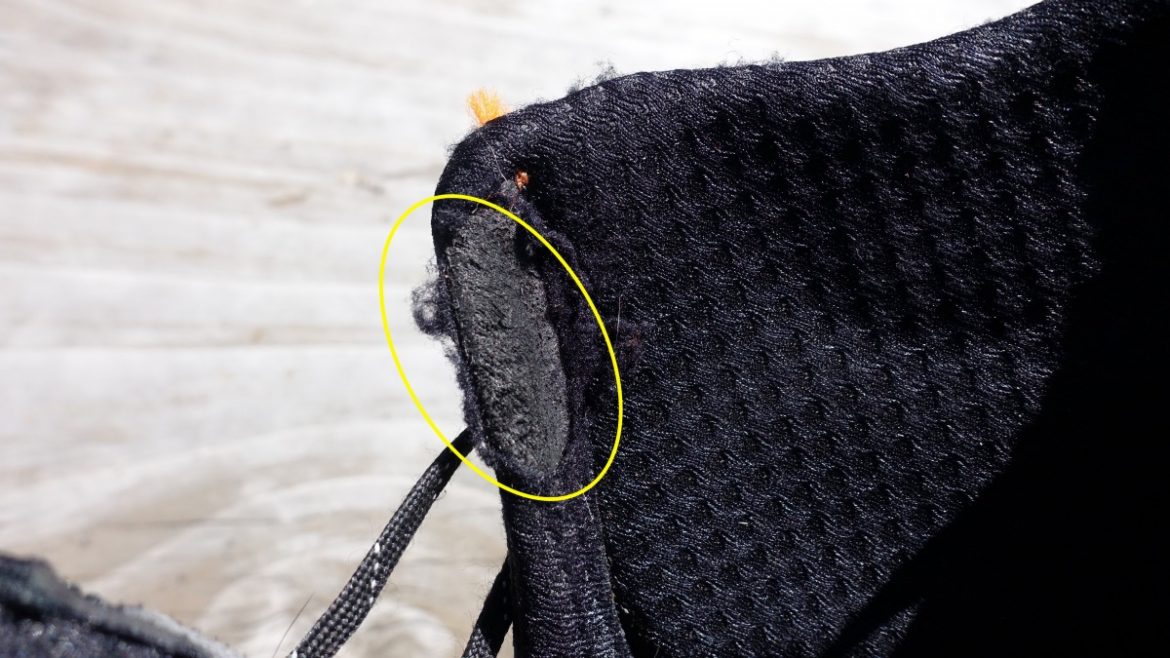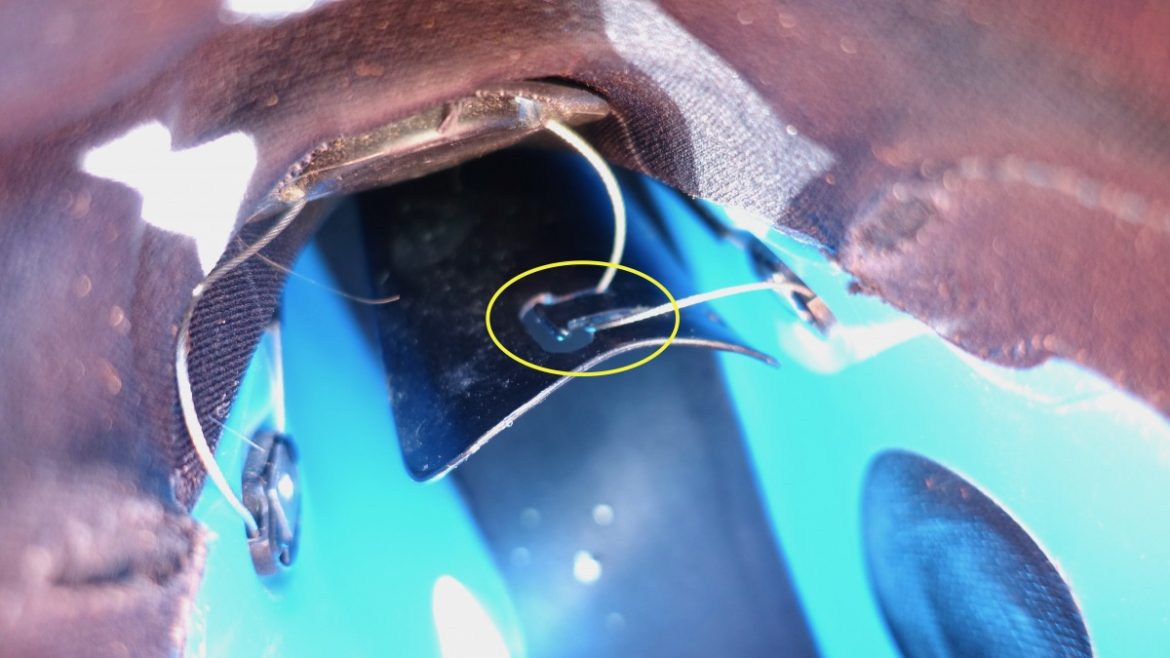Love ’em or hate ’em, they work, or they don’t: I’d often heard these binary statements about Dynait boots. For me, the earlier iterations of the TLT, the 5 and 6, were unkind, as in semi-painful. A few boot iterations later, and here I am, having skied and mostly loved the TLT X for the past few months.
I’ve been in the boots for roughly 25 ski days, including a week-long traverse with a 38-pound pack. For that tour, I slid around on the Black Crow Mentis (178cm), a great pairing with the TLT X. Outside the tour, I’ve been using a 2022-2023 Blizzard Zero G 95 (171cm) and, on two occasions, a 2022-2023 Black Crows Ova.
After sufficient time on the boot, I wanted to jot down some thoughts. If you missed my initial review, you could garner some background information on the boot at this link.
TLT X Fit
Other than using a neoprene heel sock to better secure my foot and add an aftermarket footbed (Blue Superfeet and a SOLE Performance Thin to compare the footbeds), I’ve made no mods.
Dynafit markets the TLT X as a lightweight deep mission tourer: No matter how you define ski mountaineering, backcountry skiing, traversing, or deep missions, this is a boot to suit skiers outside the freeride tribe, or those who seek a carbon cuff. The forefoot is slightly wider than other boots I’ve used with the exception of the Salomon MTN S/LAB Summit, which feels similar in toe box width to the TLT X, at 100mm to 101mm, respectively.
The wider forefoot paid dividends during my recent traverse, when, on most days, I experienced typical foot swelling. The swelling was nothing unusual, but it was noticeable, especially when skinning in full sun. The ample room in the forefoot was welcome. On a few occasions, I experienced some rubbing on the sides of my first (the big toe) metatarsophalangeal joints. This was not debilitating rubbing or pain, but it was noticeable off and on for a few days. I expected some blistering in these spots; there was none. And on days when the temps dropped and the swelling reduced, the irritation subsided. Otherwise, outside this longer traverse, I’ve never experienced this sensation while skiing on single day excursions.
Dynafit’s Twist Fit system, which is similar to a BOA lace system, uses a molded plastic piece when tensioning the Twist Fit’s cable to secure the foot in place. When swelling occurred, I needed to loosen the Twist Fit accordingly while skinning to prevent the tops of my feet from subtly bruising. I loosen the Twist Fit considerably while skinning relative to my preferred descent fit. But, it’s worth mentioning that on those days you expect foot swelling, there’s more than ample room in the TLT X to accommodate the increase in foot volume; I just had to stay on top of the fit adjustments as the day progressed to prevent soreness.
On the multi-day traverse my boots remained on during the day with one exception, I removed my boots to air dry wet socks during a rest break. Otherwise, the boots remained on my feet for upwards of 15 hours each day. Overall, after six days of skinning and skiing on the traverse, no blisters.
Like the rubbing on my toes, during my single-day tours closer to home, I’ve had zero pain or irritation associated with the Twist Fit’s design or any other aspect of the boot.
TLT X Flex
In a sentence, the TLT X‘s forward flex is not as soft for me as some others have experienced. The flex is supremely progressive, a characteristic I appreciated on the multi-day traverse. With the additional weight of the pack, I was nervous about terrain requiring jump turns on ice. I felt very secure in the TLT X and came to like the flex: softish when I wanted and excellent stiffening as I pushed forward in spicer terrain. Pre-trip, I thought I would overpower the boot with the extra weight of my pack. I had nothing to worry about. With the way my backpack carried (HMG Porter 4400), and my skis bit into firm snow, I was as excited to enter steeper terrain while carrying extra weight as I have been in years. The torsional rigidity of the TLT X is rigid, which complements the soft initiation to the boot’s forward flex.
Flex and fit also matter while skinning. I’ve skinned a ton in this boot. Although Dynafit claims the range of motion is 60-degrees, if that is true, then 60-degrees is the new 70, or even more. Generally, in the TLT X, this means excellent ankle flexion and tourability. The boots also met my high expectations for walking and cramponing. Would I want to walk out for miles in the boot? No. But walking a few miles here and there is no problem. (If a tour requires more than a five-mile walk, I’m likely bringing sneakers.)
TLT X Short Term Durability
I abused these boots. The only qualifier is this: Reliable corn pretty much arrived on the Summer Solstice here in the PNW. So my days exposing the boot’s pivots, buckles, soles, straps, etc., to the region’s abrasive volcanic rock and sediment are limited. But so far, the shells and liners are holding up.
The liner does illustrate a few ware spots. It’s not in the usual places for me; the ankles region looks great, as does the rear of the liner. I’ll mark on the images below where I’ve seen wear.
A Small Pain
One note, which seems not to impact boot performance or fit, involves the floating molded plastic piece that helps secure your foot. The Twist Fit’s cable connects to a small tab molded into this plastic piece. (See photos below). The cable should run under the tab. I’ve often had the cable pop out of place as I remove or insert the liners. However, if the cable is out of position, I’m usually unaware the it’s askew when skiing. But, I’m in the habit now, each time I pull the liners to dry, and slot them back in, to ensure the cable is recessed under the tab correctly. Again, I do not notice any discomfort or lack of performance with the cable out of position, this is just something to look for if you remove liners as much as I do.
Jason Albert comes to WildSnow from Bend, Oregon. After growing up on the East Coast, he migrated from Montana to Colorado and settled in Oregon. Simple pleasures are quiet and long days touring. His gray hair might stem from his first Grand Traverse in 2000 when rented leather boots and 210cm skis were not the speed weapons he had hoped for. Jason survived the transition from free-heel kool-aid drinker to faster and lighter (think AT), and safer, are better.


